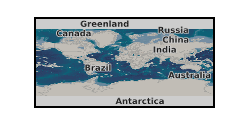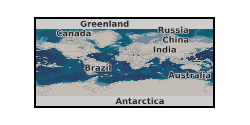Social sciences
Type of resources
Topics
Keywords
Contact for the resource
Provided by
Years
Formats
Update frequencies
-

In developing countries, the dominant model for managing rural water supplies is a community-level association or committee. Although a relative paucity of evidence exists to support this model, it continues to exert a strong pull on policy makers. The Hidden Crisis Survey 2 dataset is the major dataset developed by the project. A social science and physical science survey were conducted in tandem, examining the physical waterpoint and the arrangement the community had devised for managing it. The detailed physical and social science datasets developed by the survey were intended to be used to: better understand the multi-faceted factors which underlie water source failure, their everyday governance arrangements, and to explore the inter-relations between the water point governance arrangements, engineering choice and performance, and groundwater resource conditions. The social science survey moved beyond the more standard preoccupation with examining waterpoint committees (a focus on form) to instead examine context-specific water management arrangements (based on the functions needed for sustainable and equitable management). The survey produced a detailed social science dataset of the arrangements communities have devised for managing their waterpoint across 150 sites in Ethiopia, Malawi and Uganda, surveyed in 2017 and the early part of 2018 (fieldwork was staggered across the three project countries to time with their dry seasons). The findings challenge many of the normative assumptions in the literature about community based management of water and help to move the debate on to more productive areas of enquiry.
-

In developing countries, the dominant model for managing rural water supplies is a community-level association or committee. Although a relative paucity of evidence exists to support this model, it continues to exert a strong pull on policy makers. This project examines everyday water governance arrangements, situating these in the exigencies of wider village life and over the course of changing seasons. The data highlights the social embeddedness of water governance, and challenges the dominant 'associational model' of community based management. In none of the 12 sites do we observe a fully formed committee functioning as it should according to policy. Instead, water management arrangements are typically comprised by one or a small number of key individuals from the community, who may or may not be part of a waterpoint committee.
 NERC Data Catalogue Service
NERC Data Catalogue Service